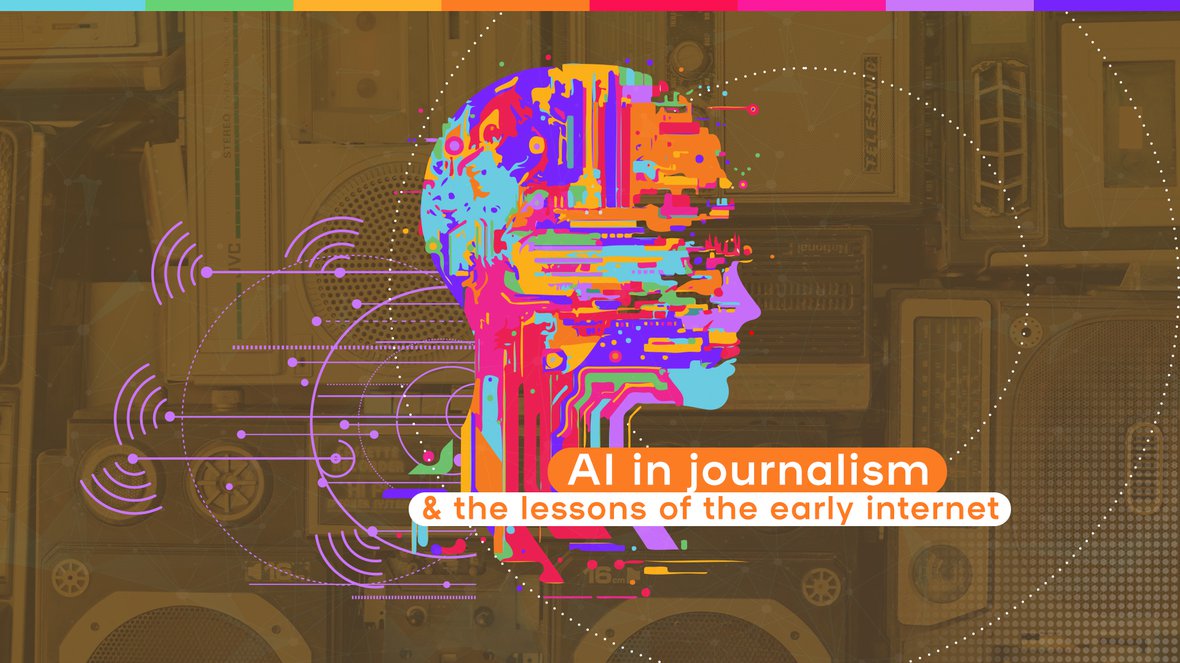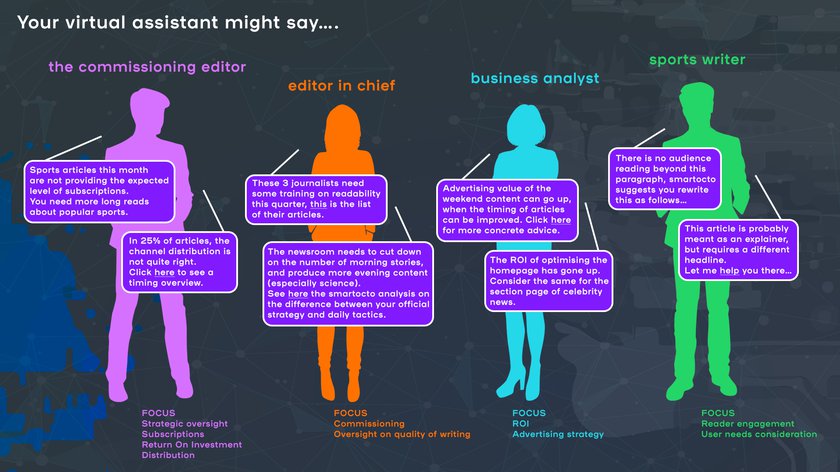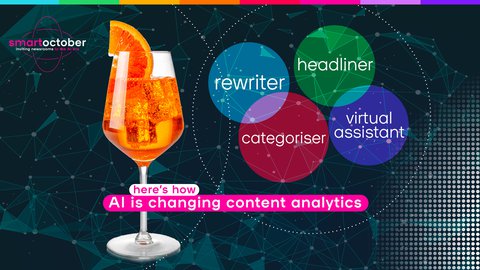There are lessons to be taken from newsrooms’ experiences of the early days of the internet - and following the arrival of ChatGPT a year ago, they’re finding a better balance between investing in AI and exercising caution. Where is the sweet spot between the two?
“No publisher that I’ve spoken with is in any doubt that they need to start using this new technology, and get on the AI train as fast as possible”, says media investor Saša Vučinić. “Their hesitations are limited only to how to do it safely, responsibly, and without violating anyone else's rights.”
It's been a year since Sam Altman, the recently ousted CEO of OpenAI, demonstrated the capabilities of the GPT 3.5 language model. He recently launched GPT 4.0 Turbo, featuring updates that have technologists worldwide eagerly developing new applications. In addition to the famous chatbot, media creators are also embracing AI by using tools to have articles read out loud by a robot, generate images that complement their stories, or translate entire pieces for those who couldn't access the original due to language barriers.
However, Erik van Heeswijk, CEO of smartocto, feels that the real value of artificial intelligence is yet to fully emerge. “Most tools launched in the past year have essentially been ChatGPT in a different guise. It's just a shell: the tool activates ChatGPT or another Large Language Model with a specific prompt and returns the output to the user.”
What’s AI’s real potential?
When you ask ChatGPT for better text, the output comes from a black box. What we need to think critically about is what ‘better’ actually means.
In the context of the newsroom, the answer lies with the evolution of content analytics. For example, Van Heeswijk’s Dutch-Serbian startup, smartocto, has evolved to perform tasks of a virtual assistant and go beyond calculating pageviews to be able to suggest headlines, identify where readers lose interest - as well as propose text improvements. As a result it can deliver strategic and practical advice to all roles within the newsroom.




